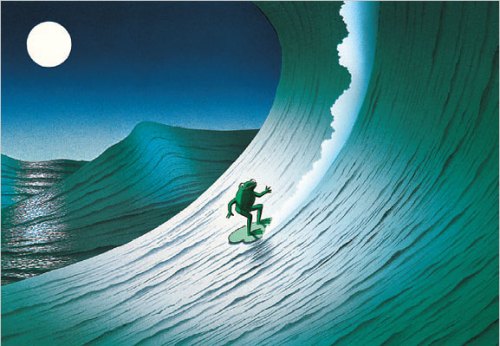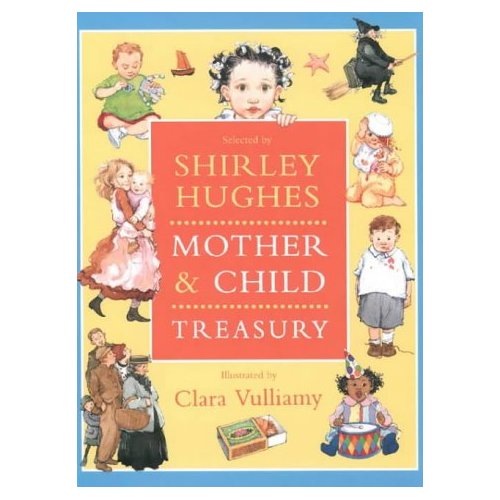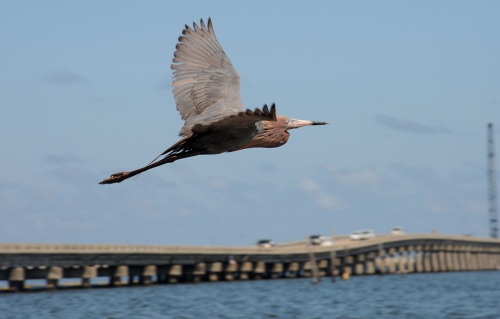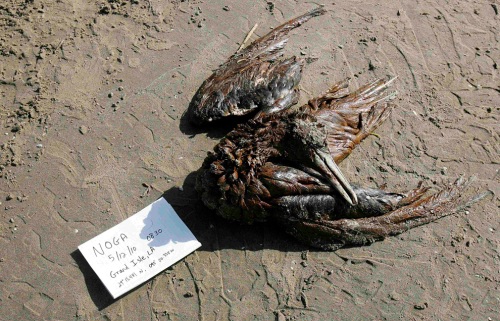Our next-door neighbours had their first baby a few weeks ago – Isadora, known as Izzi.
When our own kids were born, friends and relatives gave us an abundance of (i.e. too many) baby clothes and toys. So we decided to buy Izzi a selection of books to see her from baby bathtime to school age. Not just any books, but books that our own kids, Harry and Olivia, liked when they were wee. And most important, that we enjoyed reading to and with them.
This was our shortlist:
For small babies, a plastic bath-book is good fun (anything brightly coloured, must squeak!). Freddy the Frog is by Axel Scheffler (who illustrated the Gruffalo books). Buggy books are a good idea too – they can be clipped on to prams, buggies, cots or high chairs and combine book and toy appeal. Many of the classic children’s titles are now available as buggy books too.
For slightly older babies, simple counting or alphabet books. We chose “A Moose in the Hoose”, a counting book in Scots (by James Robertson and Matthew Fitt), to help educate Izzi’s American mum, Annie, and American grandparents on the finer points of her linguistic heritage.
The Hairy MacLary or Slinky Malinki books by Linley Dodd are great fun for kids and adults and introduce some fairly sophisticated vocabulary. Our family still knows all of the gang’s names by heart, so the books clearly have staying power.
Amazingly, “The Very Hungry Caterpillar” by Eric Carle is 40 years old (with illustrations that are both timeless and of their time). Beautifully illustrated, this book helps children learn numbers and the days of the week, as well as teaching them how butterflies are “born”.
“Peepo!” was written and illustrated by Janet and Allan Ahlberg, who grew up in 1940s Britain. Its detailed and meticulously researched illustrations capture everyday life in that era to beautiful and highly nostalgic effect.
Maisie is a Scottish cat who has lots of adventures in Morningside, the posh part of Edinburgh, and in various locations around the world. We chose “Maisie Bites the Big Apple” in recognition of Izzi’s American heritage (her mum’s from Colorado, but I don’t think Maisie’s done the Rockies yet). The Maisie books are by Aileen Paterson.
“Fungus the Bogeyman”, by Raymond Briggs (who also wrote “The Snowman”). How could you resist this description:
Deep under the ground, in the dark tunnels of bogeydom, live the bogeys, a vile collection of slimy, smelly creatures who revel in everything revolting. Fungus is a bogeyman – a particulary foul and fetid specimen. As he goes about his bogey business, the full horrors of bogeydom are revealed…
Oh, hello again. Just back from checking Harry and Olivia’s bedrooms. Now, where was I…
…Oh, yes. Anything at allby Shirley Hughes. Her books are, quite simply, a joy.
All of these choices are, of course, highly personal. The above selection comes from our own family experience, bearing in mind that Harry and Olivia are now 17 and 15 respectively. Mike Ritchie, a journalist twitter-friend who has a toddler son, suggests “Spot The Dog” by Eric Hill, “Not So Scary Sid” by Sam Lloyd, “We’re Going On A Bear Hunt” by Michael Rosen and Helen Oxenbury, and “The Gruffalo” and other Julia Donaldson offerings such as “Tyrannosaurus Drip” and “Sharing A Shell”. There’s a wonderful choice and your local bookshop will probably be delighted to help you make your selection. We bought ours from Milngavie Bookshop, which is a delight.
“Freddy the Frog”, by Axel Scheffler
“Smile” is a Baby Touch book by Ladybird
“A Moose in the Hoose”, by James Robertson and Matthew Fitt, illustrated by Karen Sutherland (Itchy Coo press)
Hairy Maclary and Slinky Malinki series, written and illustrated by Lynley Dodd
“The Very Hungry Caterpillar”, written and illustrated by Eric Carle
“Peepo!”, written and illustrated by Janet and Allan Ahlberg
Maisie series, written and illustrated by Aileen Paterson
“Fungus the Bogeyman”, written and illustrated by Raymond Briggs
“Stories by Firelight”, by Shirley Hughes
By Marian Dougan





















